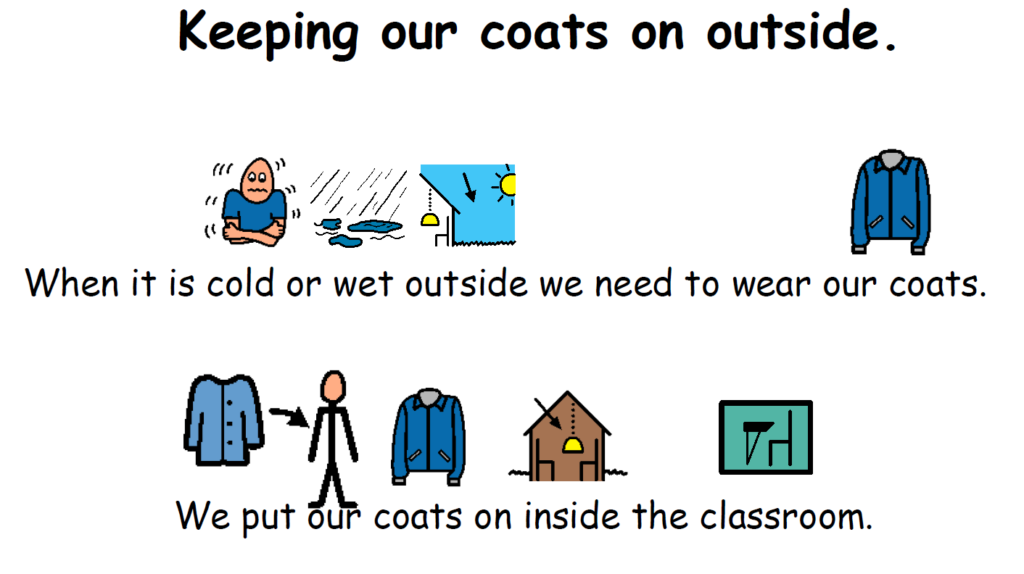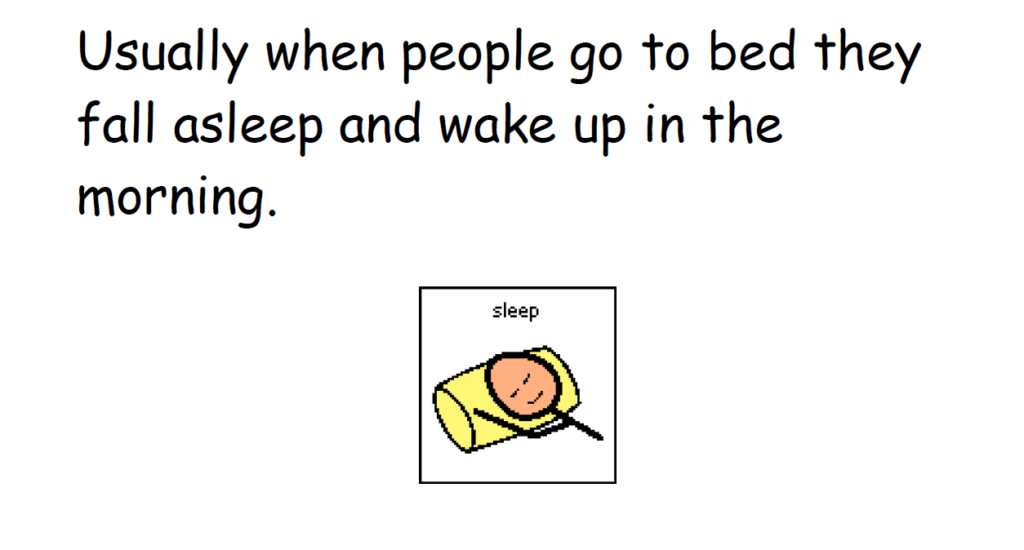What is a Social Story?
A Social Story is a short story written in a specific style and format that is personal to the individual. The story will include a brief description of a situation, describing what is obvious to most people, but not obvious to those with social difficulties. A social story should clearly explain what to do and why? The goal of a social story is to teach understanding, not rote compliance. It describes rather than directs. Social Stories were first heard of in the 1990s and developed by Carol Gray. The term ‘Social Stories’ is trade marked.
Who are they for?
A social story can be used with a person who has social difficulties and/or issues with receptive language. However, they can be used with anybody! The social story is written for the individual needs of that person or persons.
Key Features of a Social Story
Social stories are created for an individual to aid a situation they find confusing When creating them they should be based on careful assessment where language levels must match the ability of the individual.
Create your social story using the first person, e.g. “My name is Jack, I go to a sports club.” You can use a present or future tense; e.g. at the sports club we work in groups, or, at the sports club next Monday we will be working in groups.
When giving your social story a title, a question is a good idea, such as “Why do I need to see the Dentist?” Lead the story to the end based upon what you want the outcome to be.
Novio Social Stories Quick Reference Guide
Download Quick Reference Guide Here
How to Write a Social Story
First of all, decide the length (a few sentences or slightly longer) and whether it will be a book or document?
Choose the appropriate level of language , dependent on age and ability and use symbols where possible to provide a visual tool to help reinforce their understanding. Make sure positive language is used
Social Stories are generally written in a sentence format. There are seven basic sentences that are generally used in their construction for children with special needs. These are:
Perspective sentences – General descriptions of the internal state of another person like his/her knowledge, thoughts, beliefs, feelings, motivations, and opinions, as well as his/her physical condition.
Example: “My sister does not like getting up for school.”
Descriptive sentences – Answers the “why” questions in a social situation or event. They are factual and observable sentences that are free from assumptions and opinions and are used to identify the most important factors in a social situation.
Example: “Children must go to school to learn.”
Directive sentences – Presents a response or choice of actions to a given situation or event in a positive way.
Example: “I will get up in the morning to go to school.”
Control sentences – These are written for the recipient who just heard the story. These are used to identify or remember the personal strategies or solutions that the recipient will use to recall and use information.
Example: “I need to go to school so I can learn how to……….XYZ.”
Affirmative sentences – These sentences are used to support and enhance the meaning of statements and may focus on a shared value or opinion. These can be deployed along with directive, perspective, or descriptive sentences.
Example: “I will try to get to school on time everyday. It is very important to learn about XYZ.”
Cooperative sentences – These sentences help the recipient understand the important role played by other people in a certain situation or activity.
Example: “There are a lot of cars and buses near my school. My mum can assist me in crossing the street to keep me safe.”
Partial sentences – These are sentences used to encourage the story recipient to determine the ideal response to certain situations. These sentences are recommended when the recipient has a significant understanding of social situations and how they are handled.
Example: “My brother loves to play guitar at school.”

How to Use a Social Story
Read the story to the individual on a one-to-one basis and sit slightly behind them and allow time to process.
Use regularly and consistently (daily / prior to each time they face the social situation in question).
Consider when to stop.






